What Is Synthetic Stucco
What is Synthetic Stucco?
Why Was Synthetic Stucco Used?
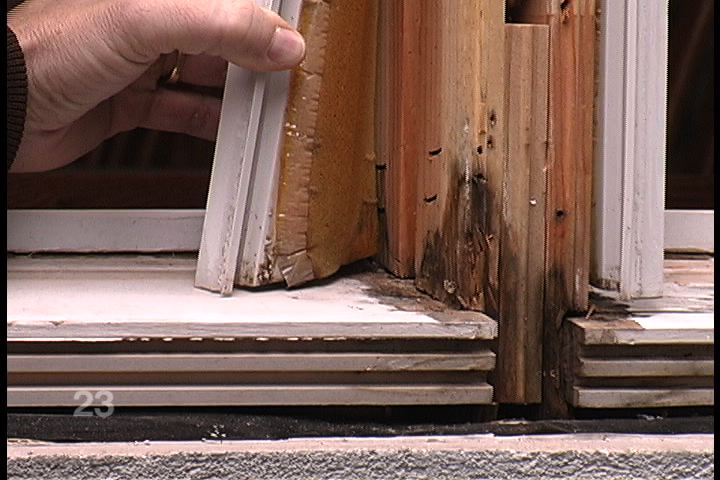
What are the problems with Charlotte EIFS?
In the early 1990’s, problems were discovered on homes with EIFS located in Wilmington, North Carolina. Removal of the stucco revealed extensive structural damage to the homes as a result of moisture intrusion behind the stucco. Local building officials called in the builders, architects, and stucco manufacturers to evaluate the problem.
The examination of the home revealed moisture was intruding behind the stucco cladding, as a result of poor design and installation. Installation defects include failure to install proper window, door, and kickout flashings, and leaking windows. In addition to the moisture related problems, it was discovered that the foam behind the stucco, when installed at or below grade, was conductive to termite and fire ant infestation.
As a result of problems discovered with synthetic stucco cladded homes, inspection and testing protocols were created. Adopting Charlotte’s Moisture Warranty stucco inspection protocols, the Exterior Design Institute, located in Virginia, was formed to educate and train independent, third party, eifs inspectors.
Synthetic Stucco Inspections
The visual inspection accesses the installation of the stucco. The inspector verifies whether flashings are properly installed. The stucco is checked for any signs of damage, cracking, and delamination. The inspector will determine if the stucco system terminates above or below grade. The windows and doors, porches and decks, and utility penetrations are carefully examined.
The Charlotte home is then scanned for moisture using a non-invasive meter, typically a Tramex Wet Wall Scanner. This type of meter will scan up to 3 inches behind the stucco for any signs of moisture. The drawback to this type of meter is that false positives may occur as a result of metal installed behind the stucco, such as metal studs, electrical wiring, and plumbing piping. Inspection protocols require that specific areas be tested using a probe meter. With permission from the homeowner, two holes are drilled in each probe location. The probe meter will provide readings of the actual moisture content of the sheathing behind the stucco. Moisture readings below 14% are considered low, between 14 and 18% medium, and readings above 18% high. Moisture levels above 25% for an extended period are conducive to rot to the wood framing and sheathing, as well as mold and mildew.
All readings are recorded, and digital color photos are taken to document the condition of the system, including components installed correctly and incorrectly. A computer report is compiled from this data.
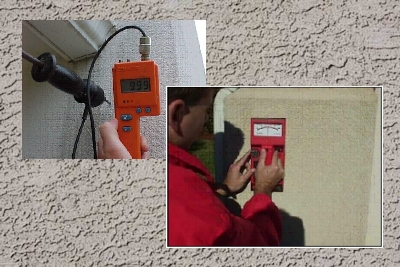


Latest Stucco Information
Repair follow-up and annual Charlotte stucco inspections
A stucco repair follow-up inspection should be conducted within three months after completion of any Charlotte stucco repairs to assess the effectiveness of the moisture modifications if the first inspection uncovered areas of high moisture. This is extremely...
Stucco And Other Cladding Related Moisture Failure Data
Over 60% of all claddings have moisture problems that damage the home. It is much easier to test EIFS for moisture than any other cladding, therefore a lot more data is available. If other claddings were easier to test, the failure rates would be likely to be much higher than shown on the graph above.
Charlotte Stucco Home Realtors, Buyers, and Sellers Beware
About Charlotte restoration, engineering, and stucco repair company’s that do inspections. Some stucco restoration company’s also do their own stucco inspections. Their primary source of income is from the restoration work and their stucco inspection services is used to find new work. There is nothing wrong with stucco restoration work, however when a company is looking for work, the inspections they provide some times reflect a greater need for their restoration services than what is really there. I have seen small problems magnified to big problems, improper use of inspection equipment to misrepresent a problem or just plain inexperience.
We provide a independent 3rd party inspection service without pushing for repairs. We report the facts as found and have no reason to magnify a problem. If problems are found we will gladly consult with the remediation company you choose, regarding findings in our reports.
Six Critical Elements of a Kickout Flashing
1. Placement • Under last step/run flashing in direct contact with the wall and roof substrate, as shown. • Lift last shingle to check if kickout is under step/run flashing 2. Sufficient Height and Angle • At least 4” in height—angle to roof should be 90 degrees. •...
Sometimes Window Pans Can Be The Solutions For Leaking Stucco Windows
DamSill is a window pan system that is designed to solve stucco moisture problems in both new and existing structures by installing under windows and doors to catch water and move it away from the wall. Easier to install and more reliable than any other stucco pan...
Windows Leak
About 70% of all leaks in the cladding are caused by windows. These types of leaks happen on all homes, regardless of the type of cladding. Most of the leaks occur within the construction of the window itself. However, many people mistakenly assume that most leaks...
Why is a Charlotte Stucco or EIFS Inspection Necessary
Why is a stucco / EIFS inspection necessary? There are a variety of issues associated with EIFS homes that can be mitigated with a proper stucco or EIFS inspection. To name a few: The stigma associated with stucco homes Reluctance to list, show, or view/buy stucco...
Charlotte Stucco Inspection Test
These Charlotte stucco evaluations are done using the protocol established by the Moisture Warranty Corporation. The Moisture Warranty Corp. was the leading investigating company during the Dryvit class action suit against EIFS manufactures.
Synthetic stucco revisited
By Allen Norwood Posted: Thursday, Feb. 05, 2015 Excerpt: Two decades ago, horror stories about synthetic stucco dominated housing headlines. Mansions were rotting, stories said. Lawsuits were flying, while stucco manufacturers and builders hunkered down. EIFS stands...
We offer Stucco home inspection services in Charlotte NC.
We have inspected thousands of stucco homes in the greater Charlotte area as well as throughout the Southeast and have found numerous problems due to improper installation practices. Most problems are easily corrected but some are severe and can be very costly to...

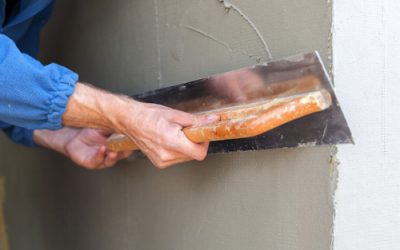
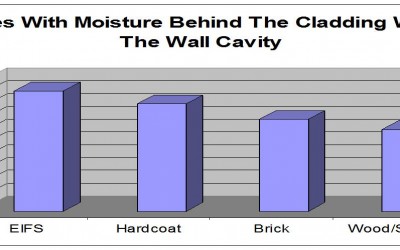
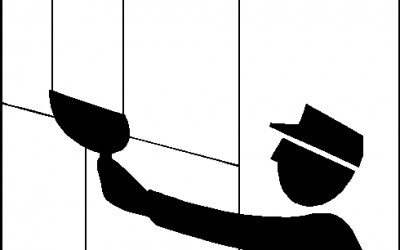
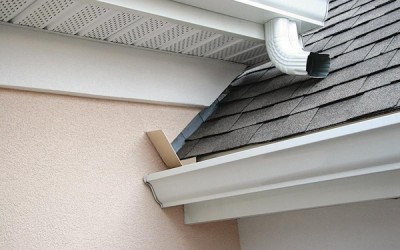
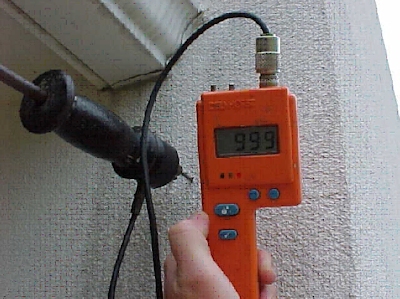
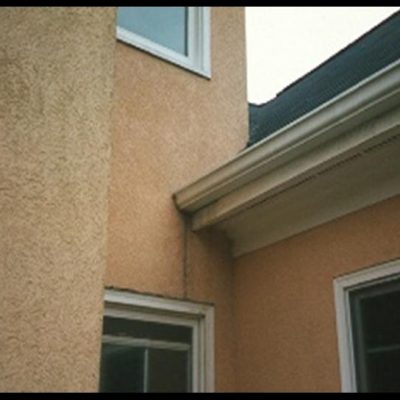

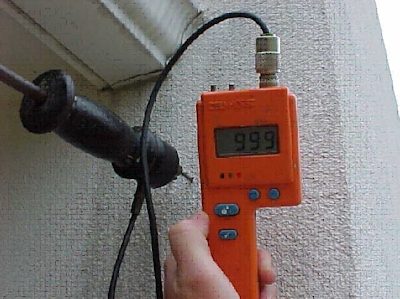
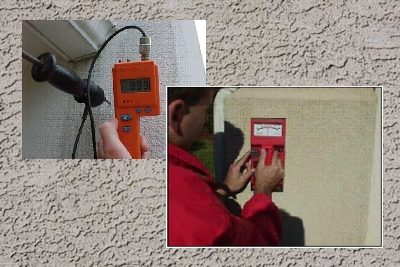
Recent Comments